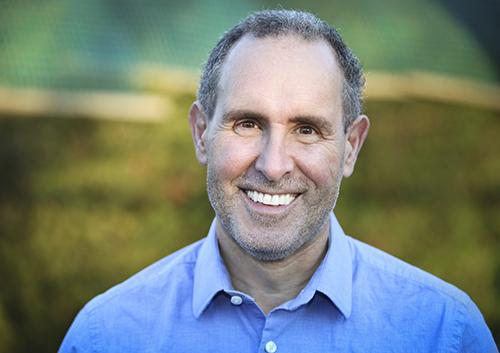
-
Sleep Apnea: What a Dentist Can Do
posted: Apr. 30, 2024.

-
How Sedation Dentistry Can Help You Overcome Dental Anxiety
posted: Apr. 23, 2024.

-
Make Every Day Earth Day
posted: Apr. 16, 2024.

-
What to do about Sensitive Teeth
posted: Apr. 09, 2024.

-
April is Oral Cancer Awareness Month
posted: Apr. 02, 2024.

-
Antibiotic Prophylaxis or Premedication
posted: Mar. 26, 2024.

-
Aging and Dental Health
posted: Mar. 19, 2024.

-
St. Patrick's Day: Celtic pride, green shamrocks, and lucky charms!
posted: Mar. 12, 2024.

-
Good Nutrition Leads to Healthy Mouths
posted: Mar. 05, 2024.

-
Diastema, or, Mind the Gap!
posted: Feb. 27, 2024.

-
Choose Chocolate on Valentine's Day
posted: Feb. 13, 2024.

-
Good Dental Hygiene Impacts Overall General Health
posted: Feb. 06, 2024.

-
Morning Sickness and Your Oral Health
posted: Jan. 30, 2024.

-
How effective is whitening toothpaste?
posted: Jan. 23, 2024.

-
Post Oral Surgery: Signs of Infection
posted: Jan. 16, 2024.

-
Should You Be Concerned about Your Child’s Bad Breath?
posted: Jan. 09, 2024.


